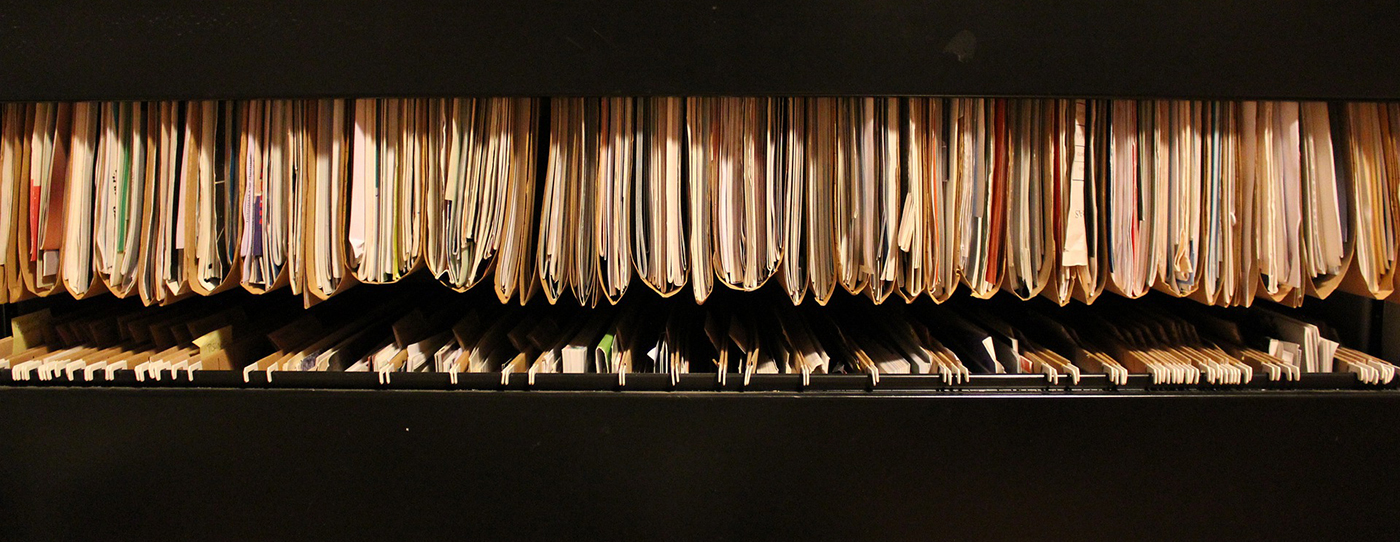
CSGP: Reporting and Recordkeeping
Every permitted construction project has a significant amount of paperwork to manage. Some of the paperwork is completed and remains on site.
Others are completed and submitted to the Ecology SAW system and are available to the public on PARIS. Ecology has created an e-Coverage Packet to help you with all the necessary forms and criteria to stay in compliance with the permit.

Monthly DMR
The permit requires that once per month a summary of the weekly visual and sampled discharge be reported on the Discharge Monitoring Report (DMR) for the project. (see the Site Monitoring page for more details). This DMR is available through SAW. If the site does not have any discharge, that does not eliminate the need to report the DMR. You simply report using the proper code “C” for no discharge if your site didn’t have discharge that month.

Recordkeeping
Site records of all monitoring information (site log book, sampling results, inspection reports/checklists, etc.), SWPPP, copy of the permit coverage letter (including Transfer of Coverage documentation), and any other documentation of compliance with permit requirements for the entire life of the construction project and for a minimum of five (5) years following the termination of permit coverage. This includes all calibration and maintenance records, and records of all data used to complete the application for this permit.

ERTS reporting
Anytime sampling indicates turbidity has reached the 250 NTUs or more (or transparency less than or equal to 6 cm), a high turbidity reporting level, the Permittee must notify Ecology within 24 hours either by calling the applicable Ecology Region’s Environmental Report Tracking System (ERTS) number by phone or by submitting an electronic ERTS report through Ecology’s Water Quality Permitting Portal (WQWebPortal – Permit Submittals when the form is available).


